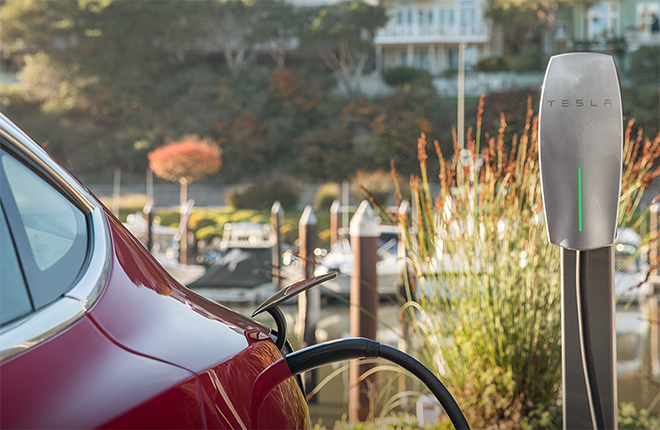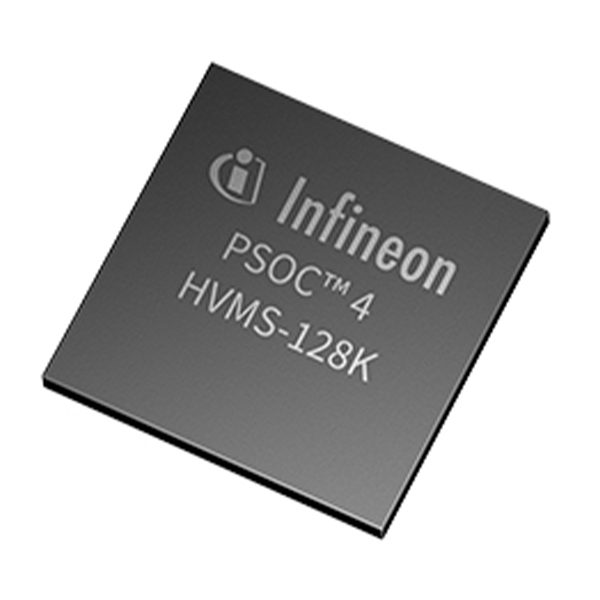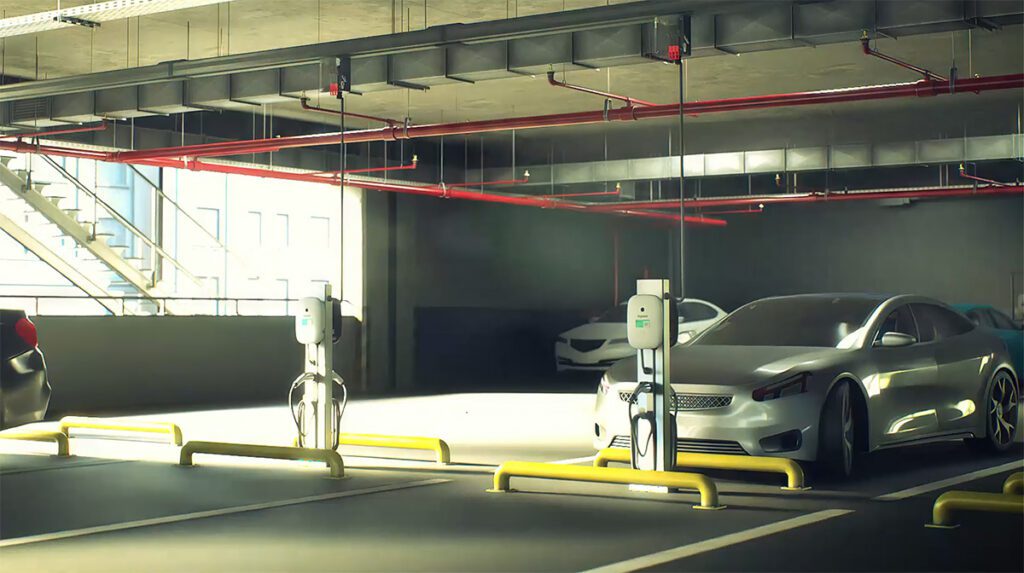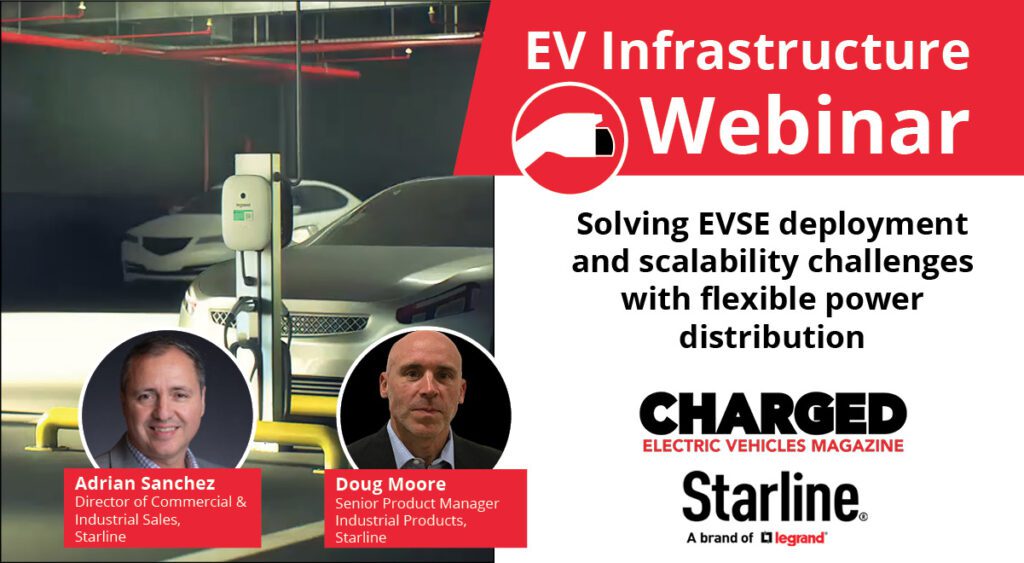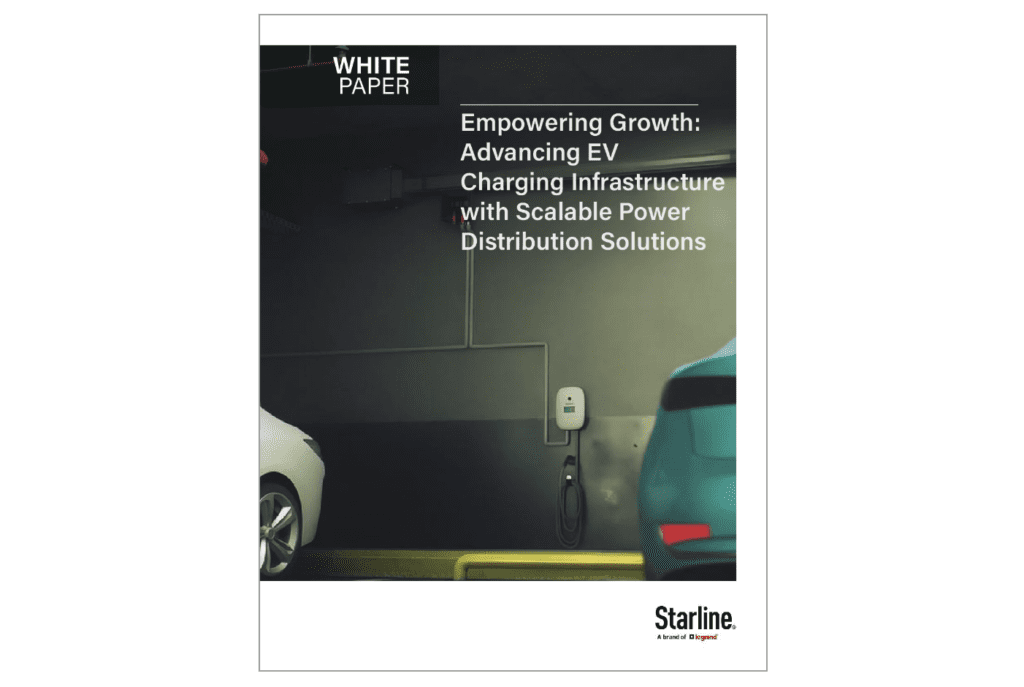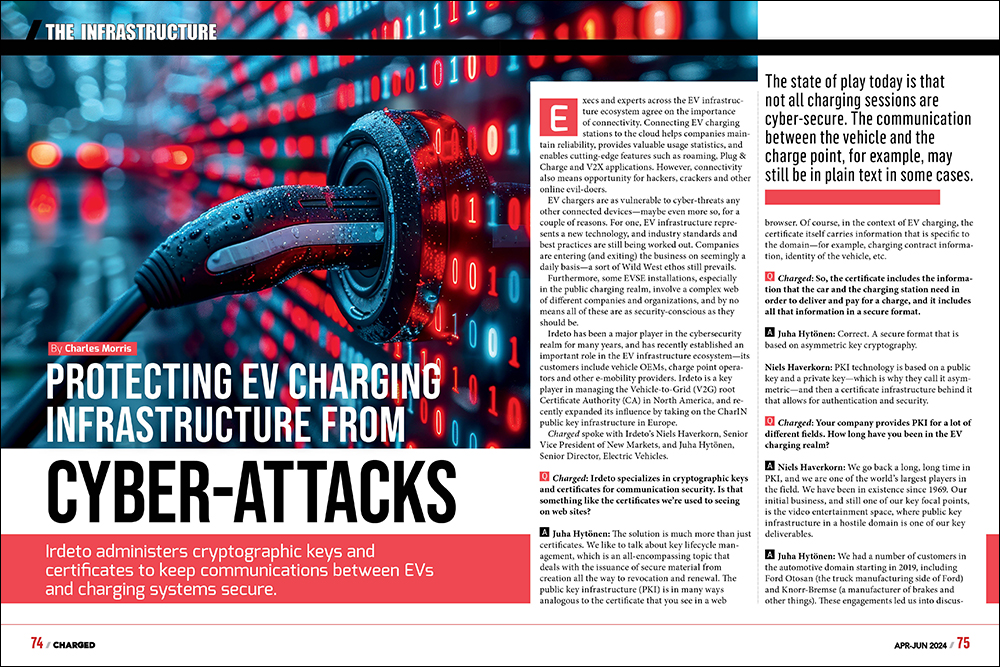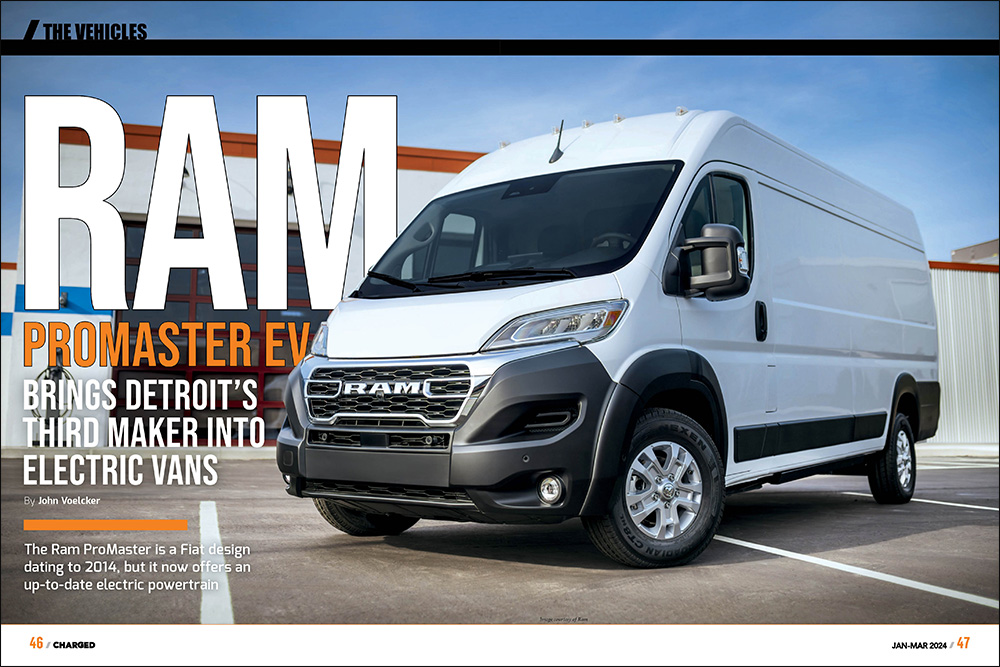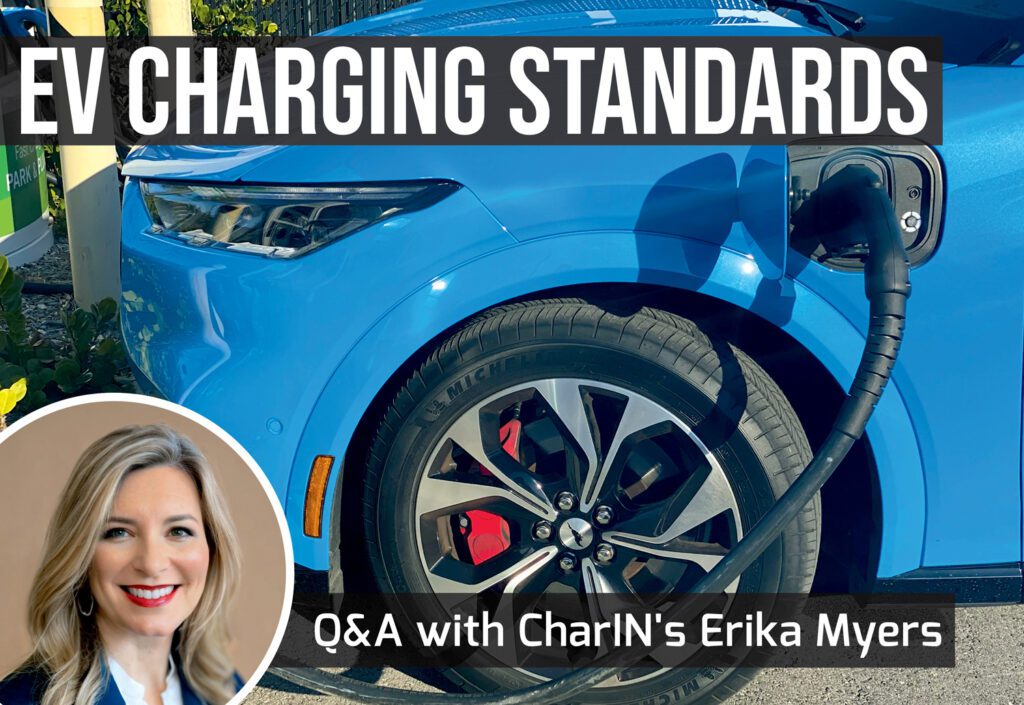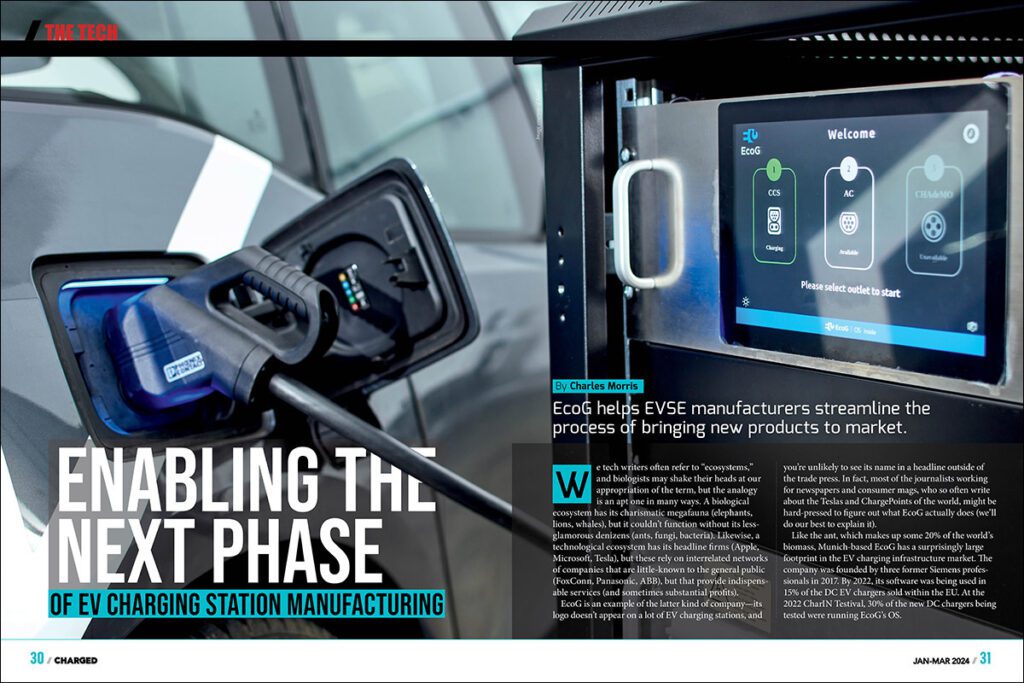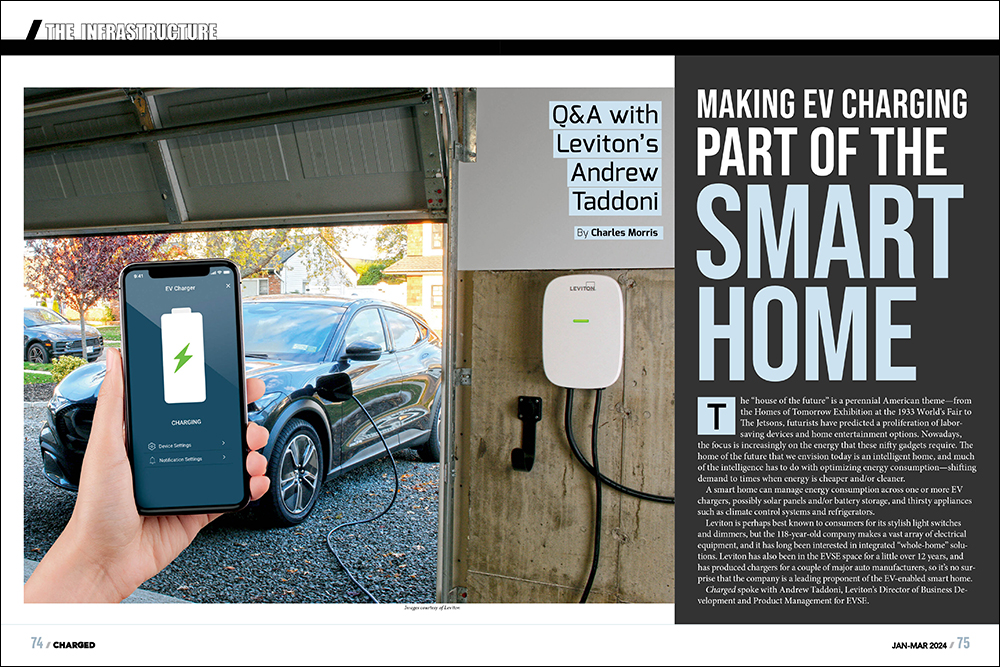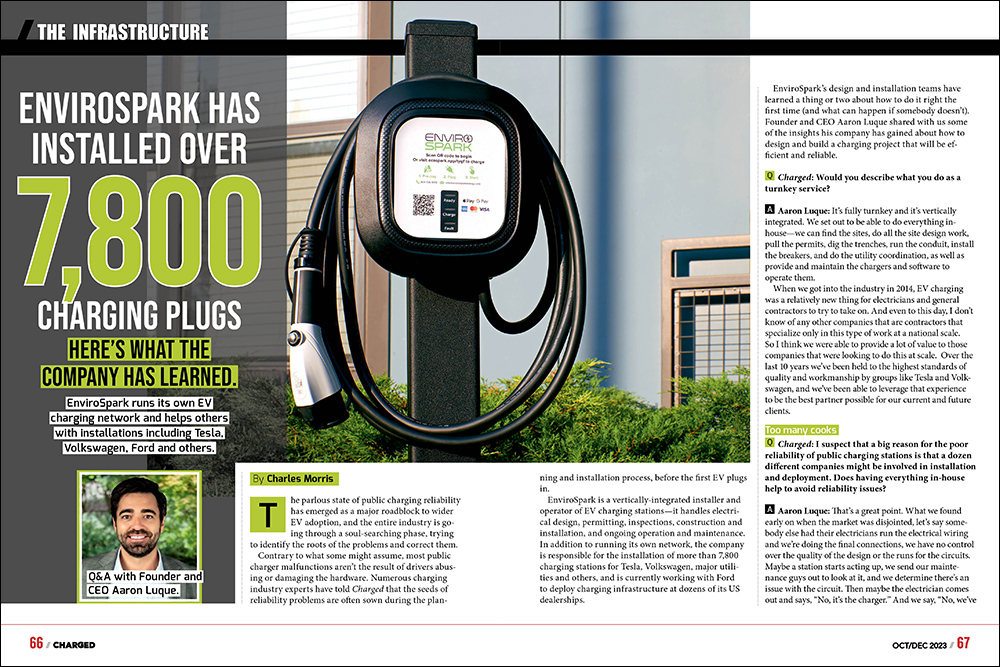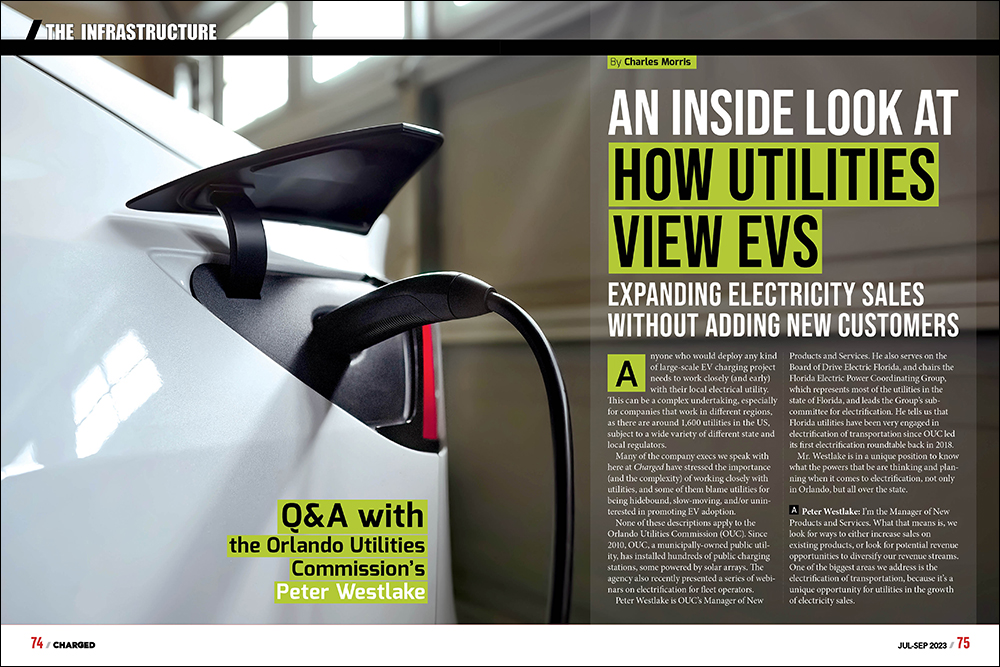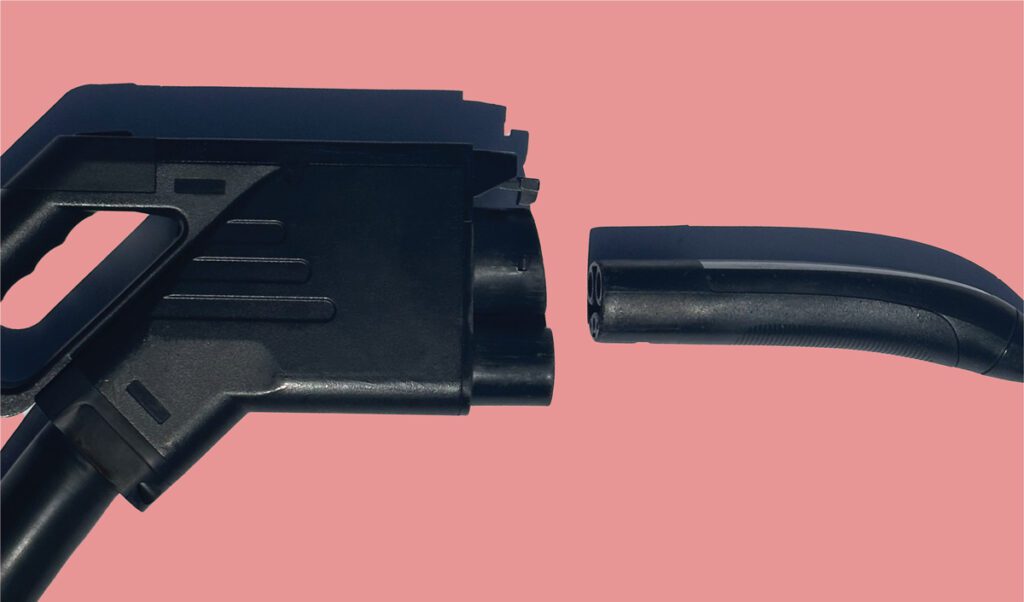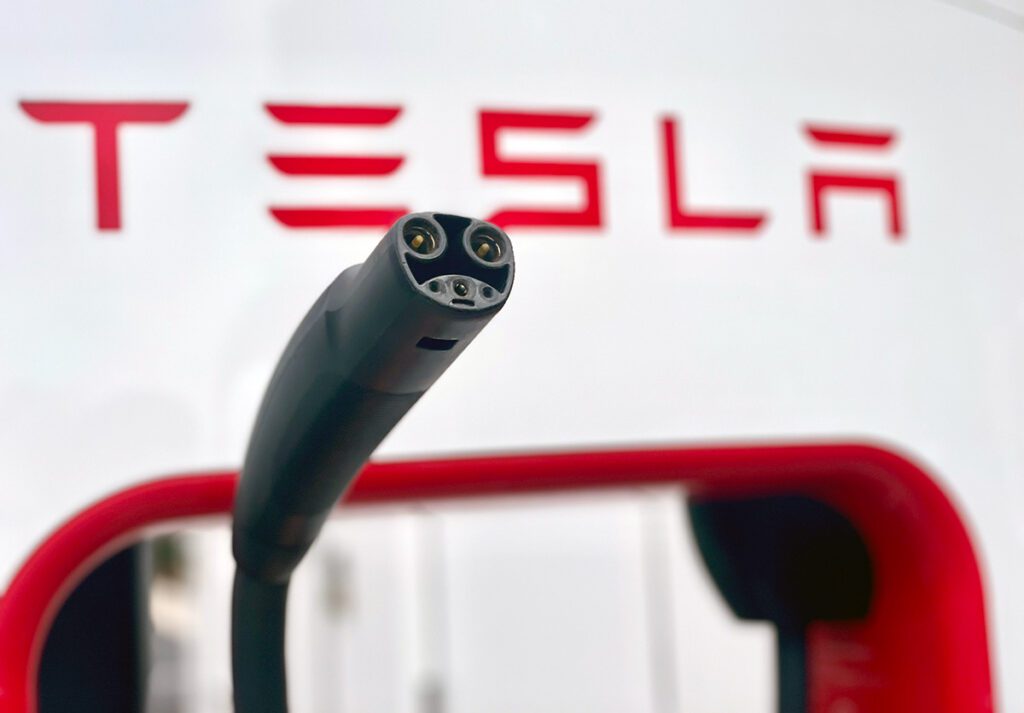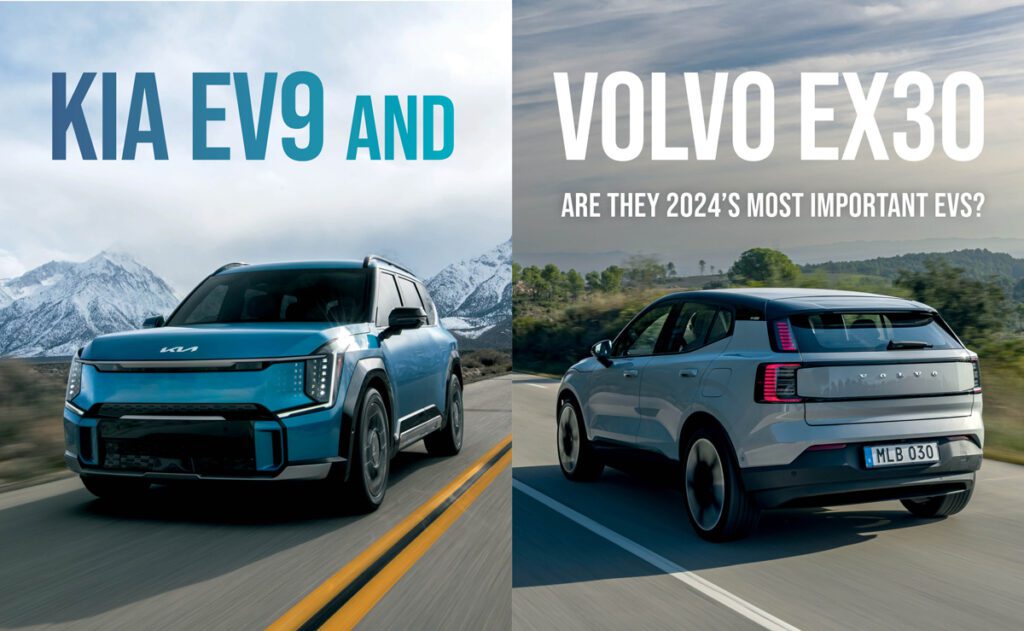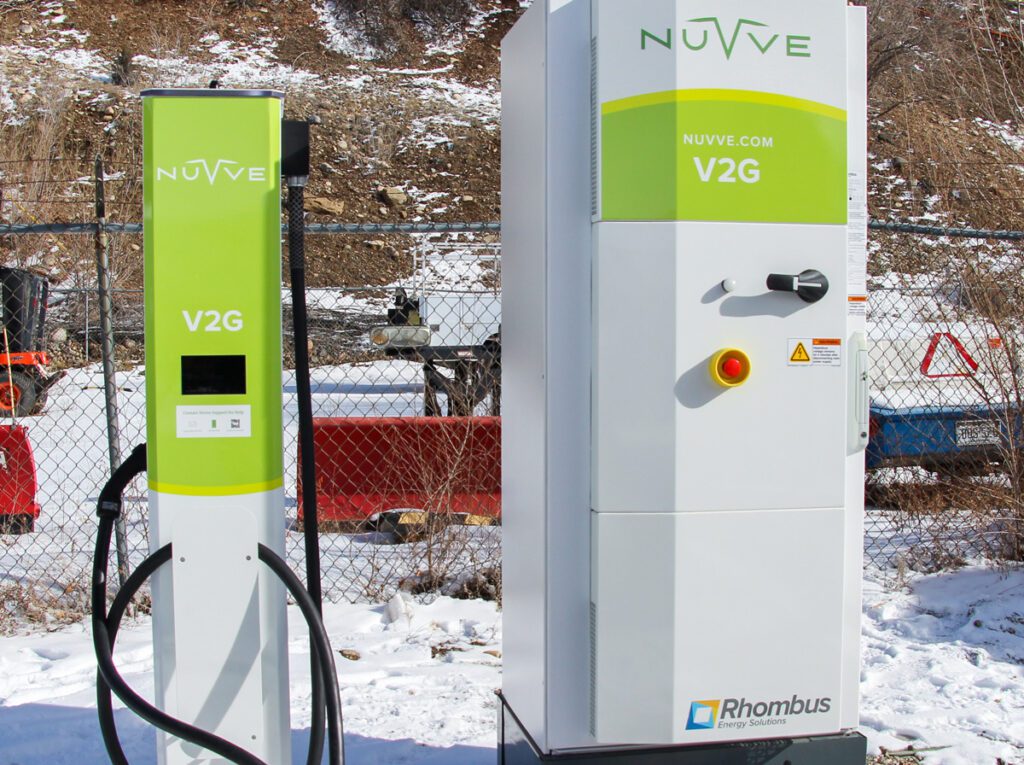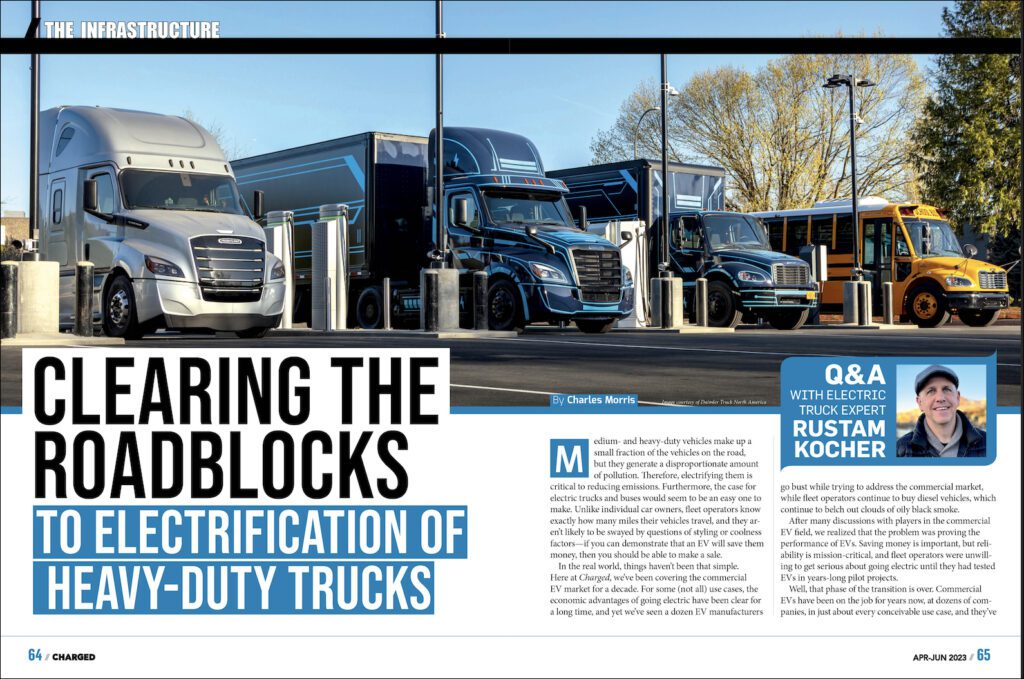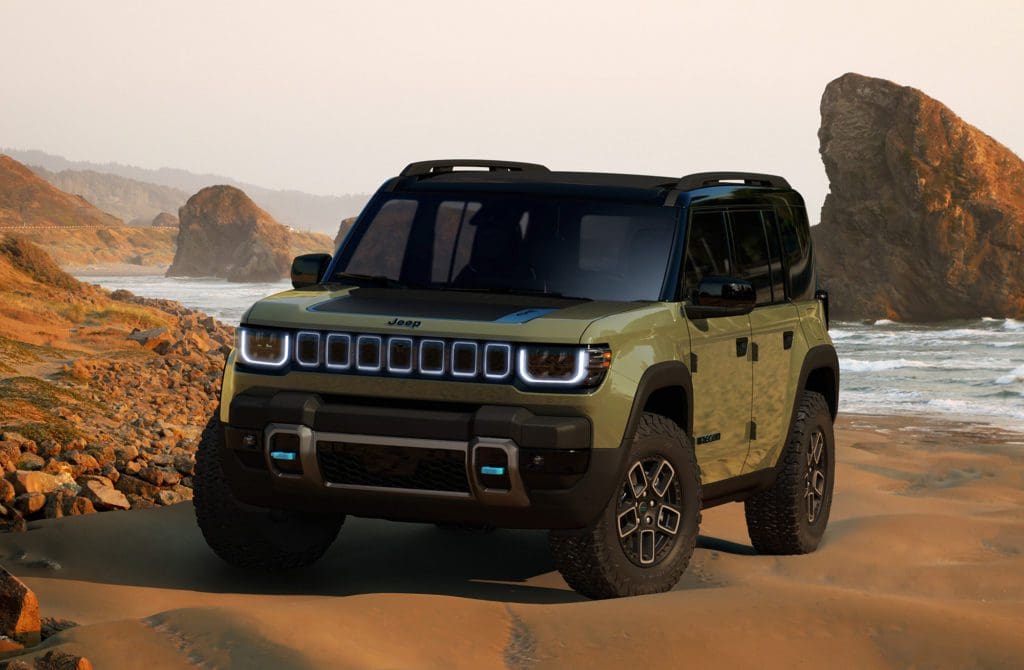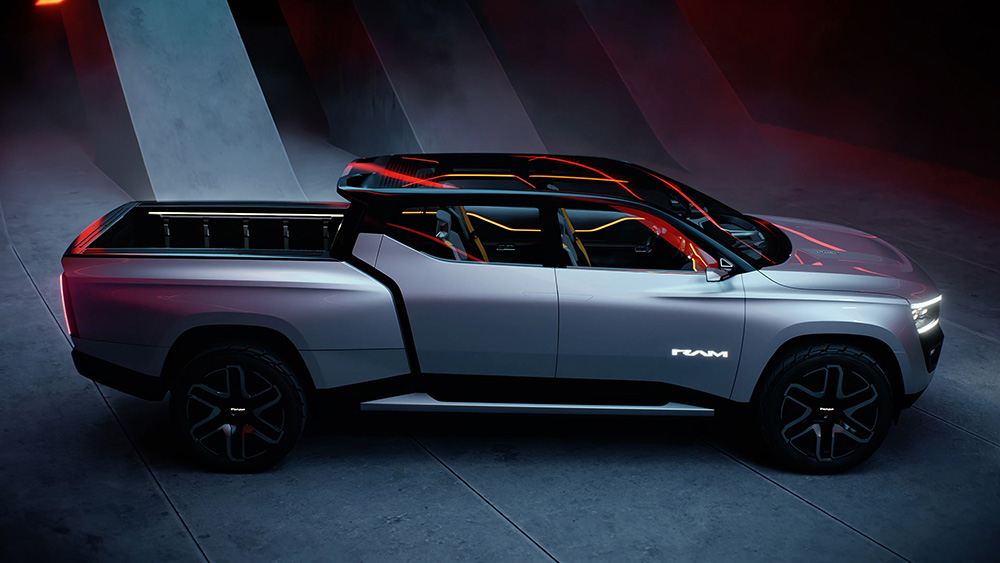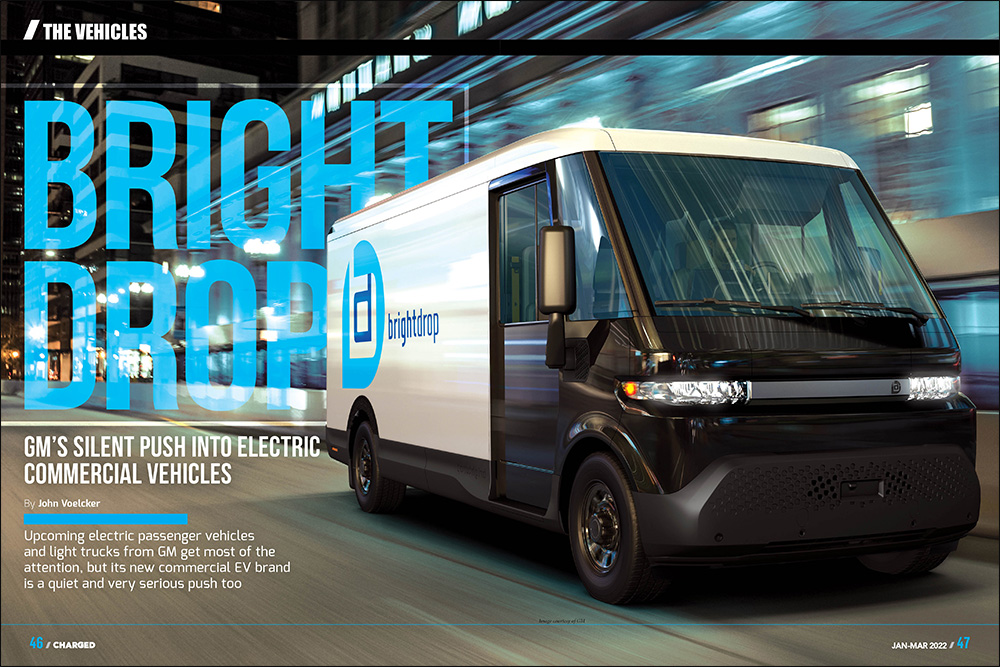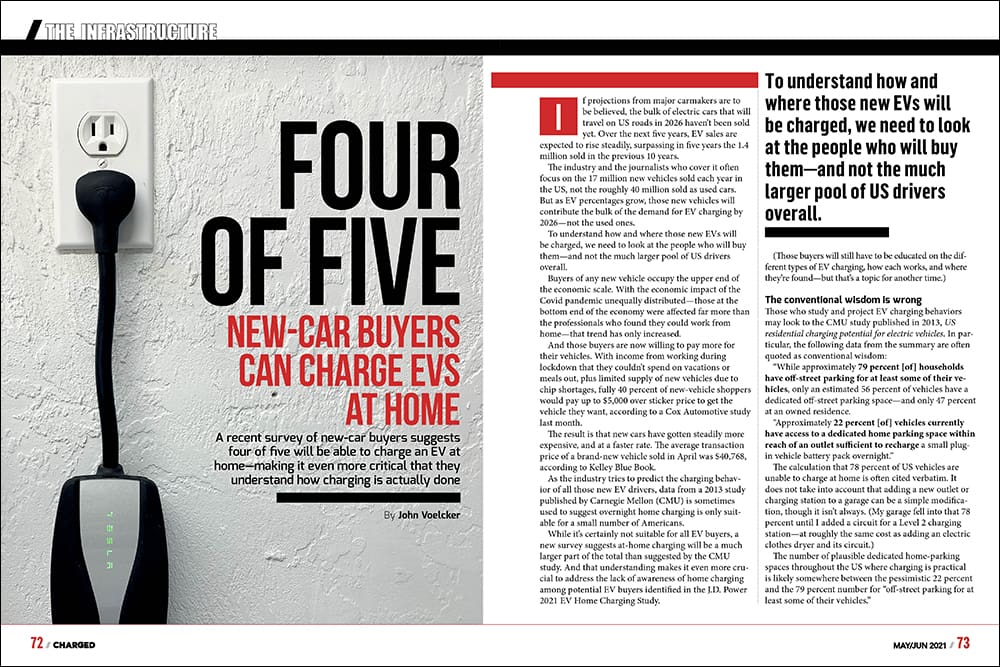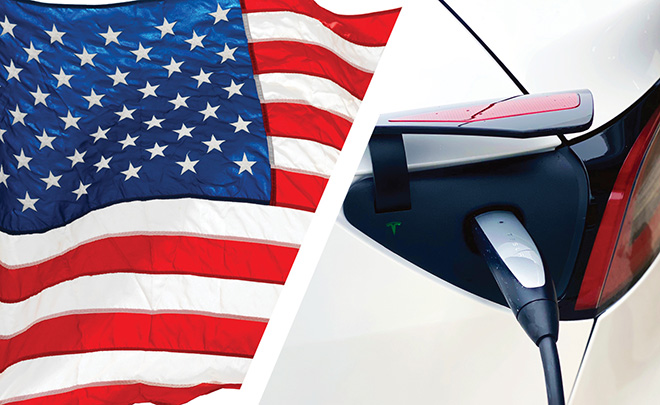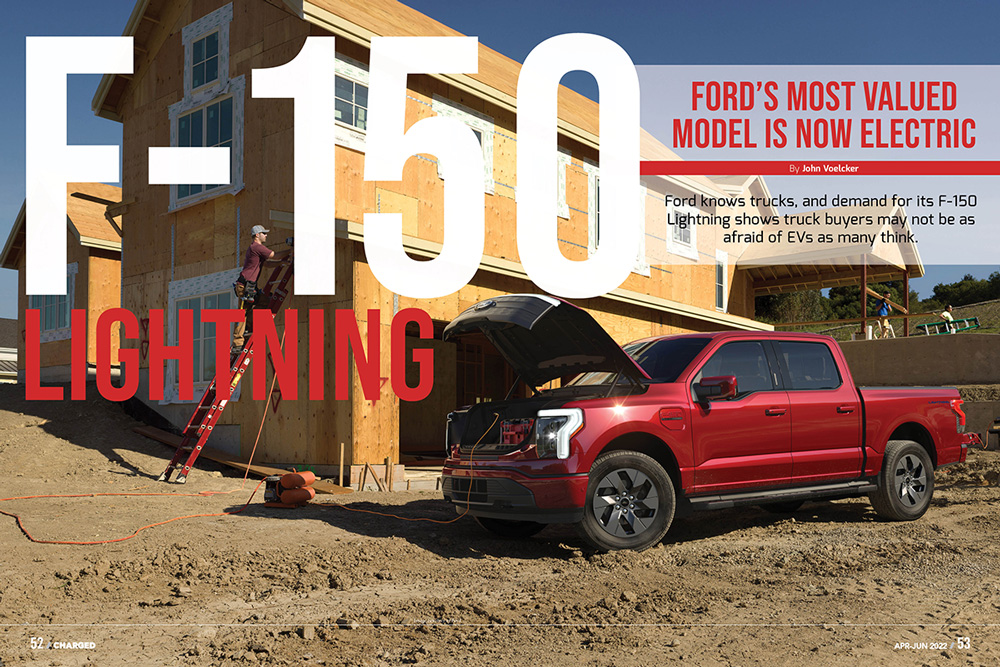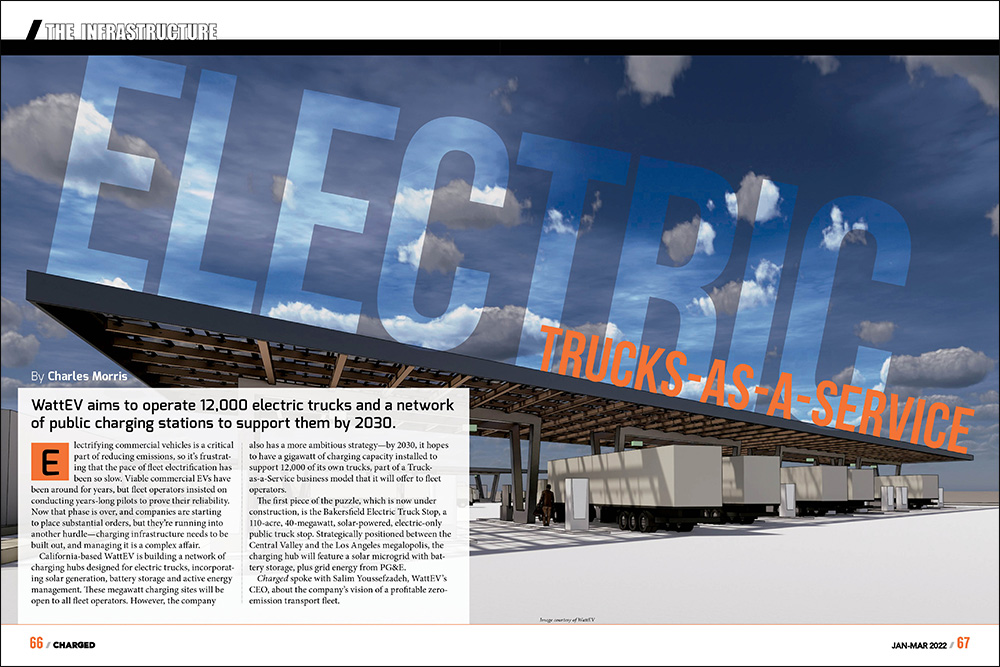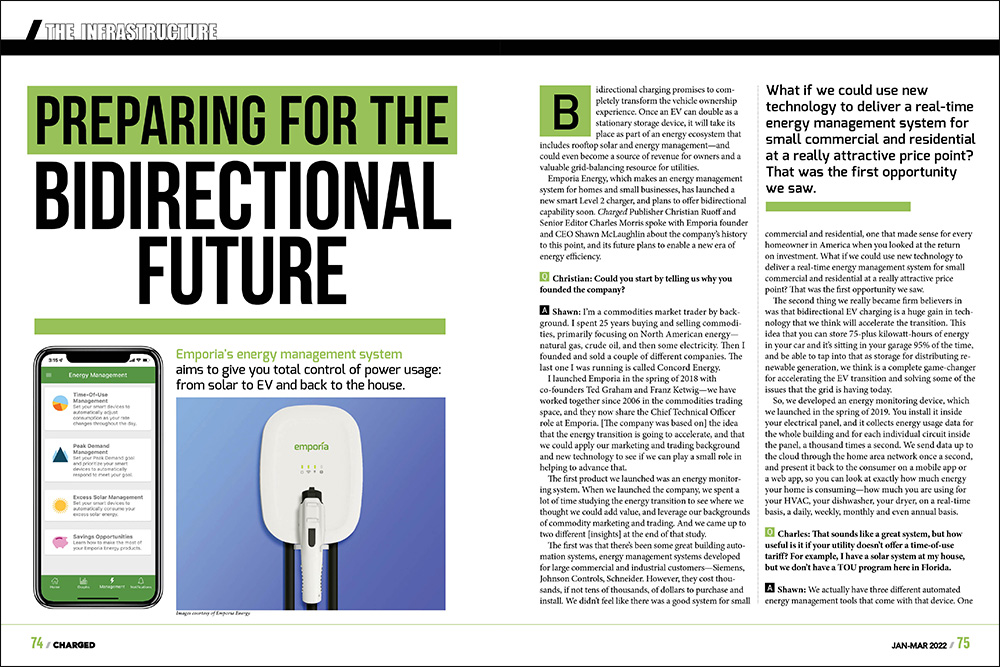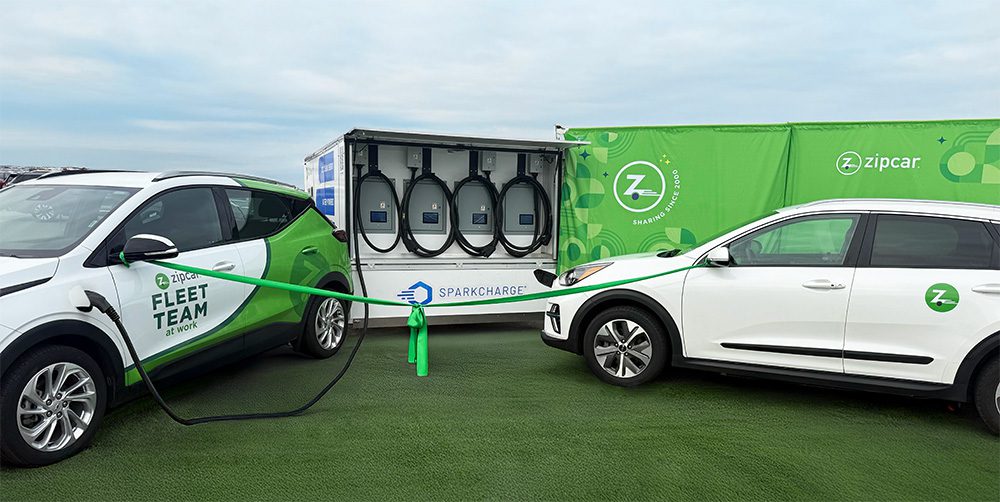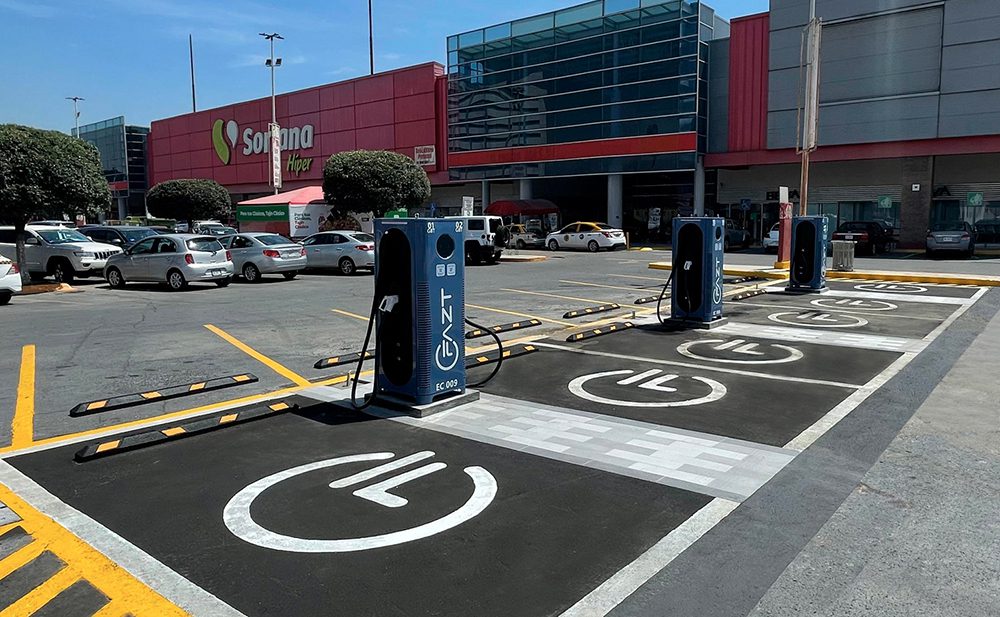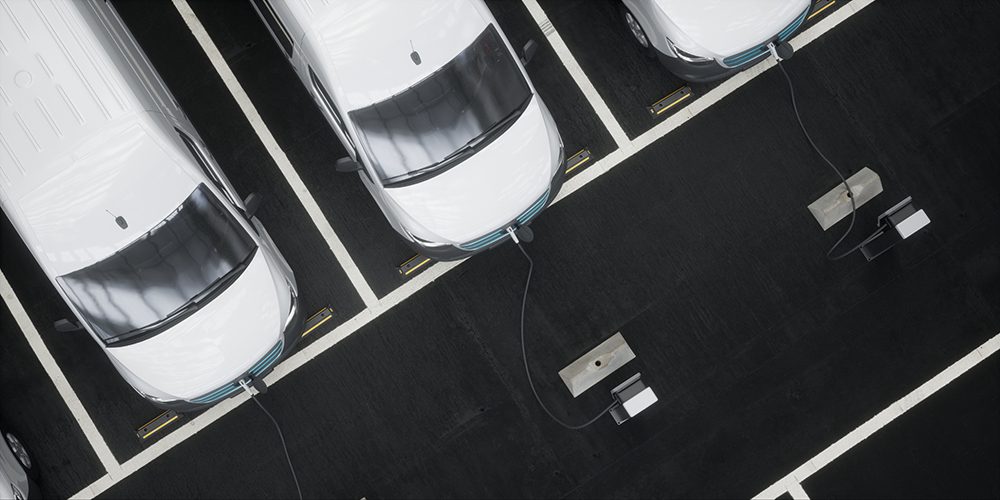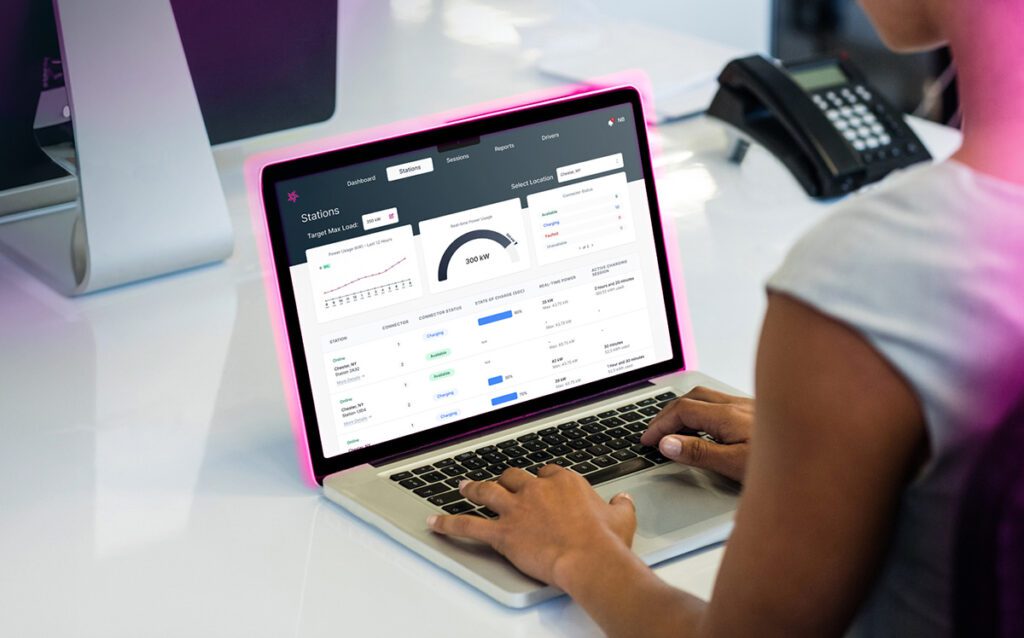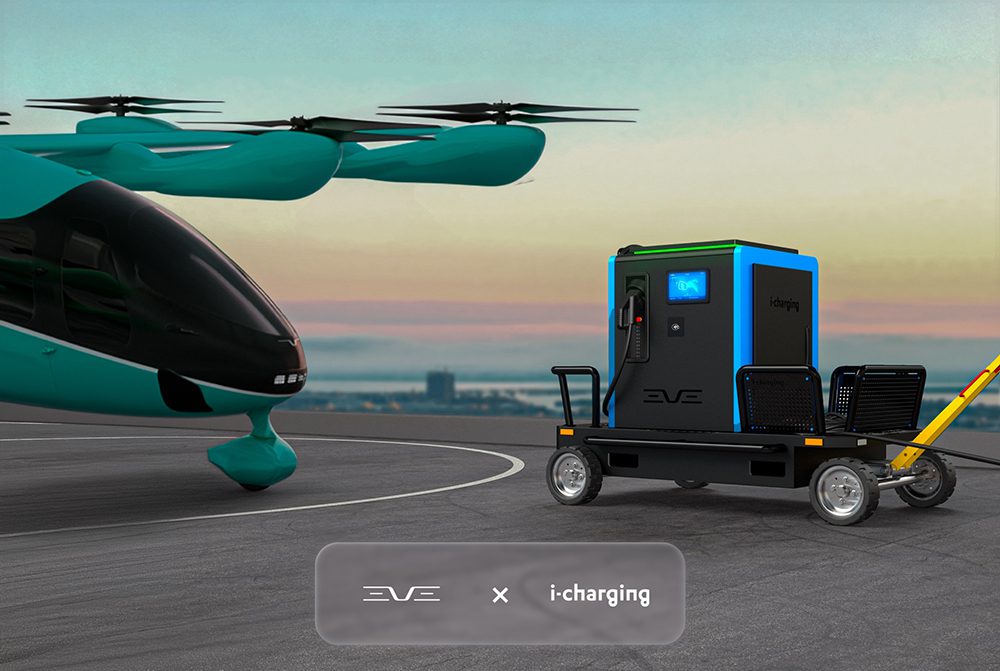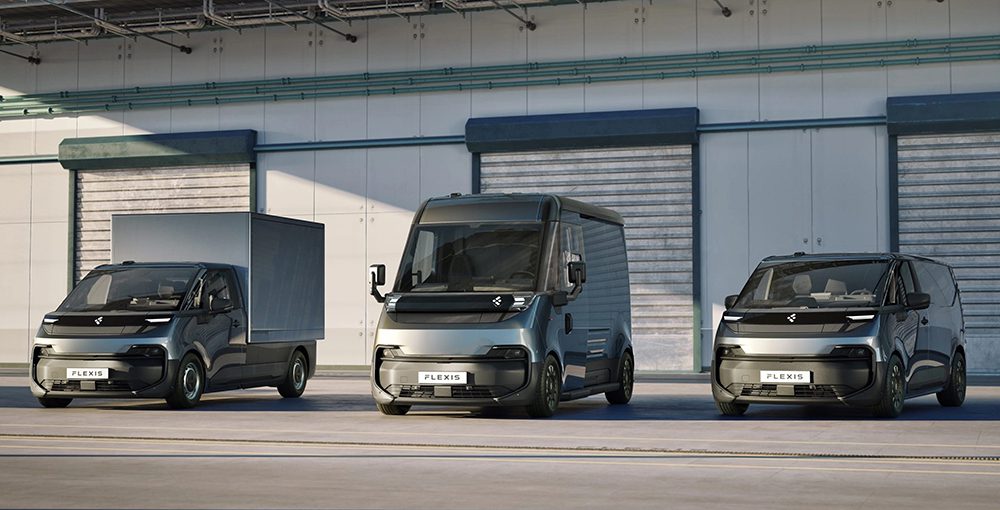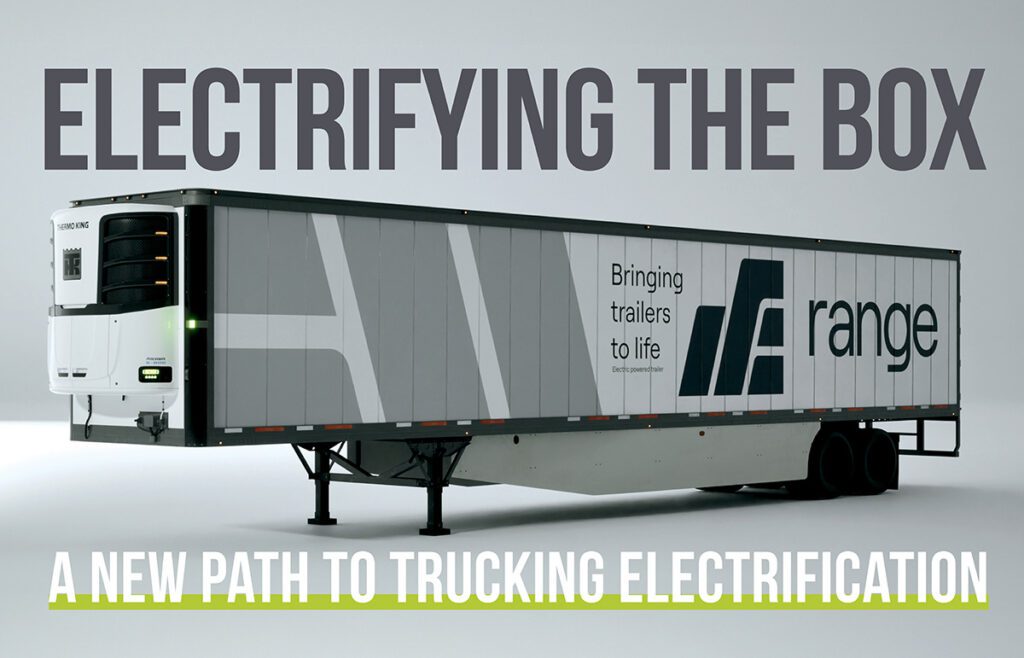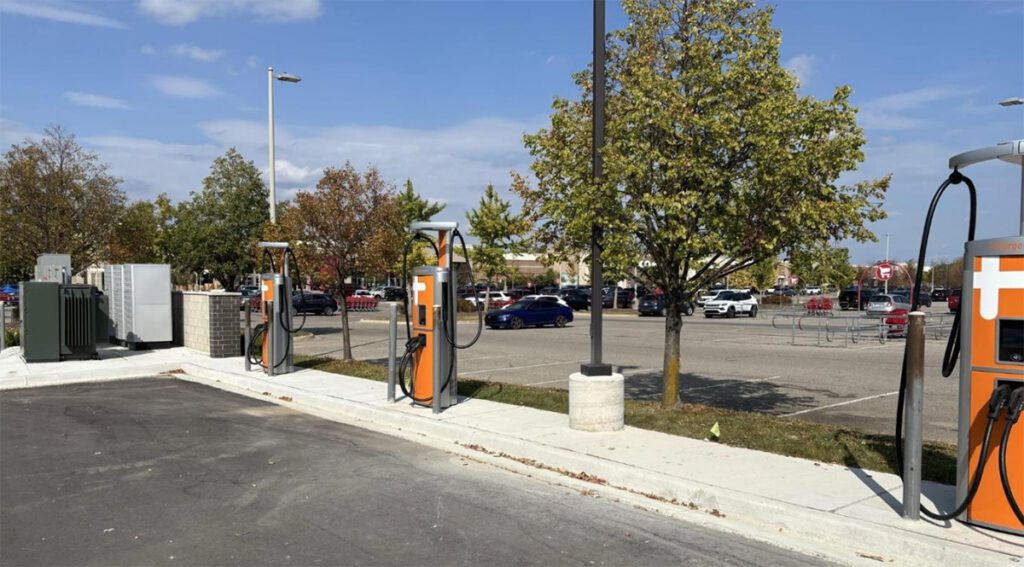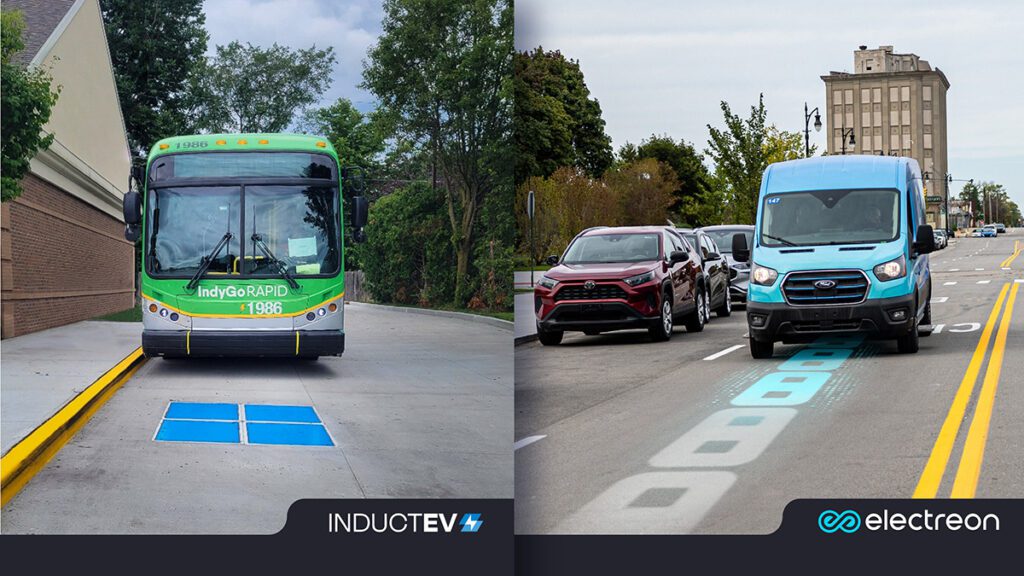Lately we’ve been hearing a lot of news about bidirectional charging, which supports vehicle-to-grid (V2G) applications and other nifty stuff. In January, Wallbox announced what appears to be the first bidirectional charger for the home market. Fermata Energy has several V2X projects in the works, including a partnership with Nissan. And ORNL recently demonstrated bidirectional wireless charging, using a UPS delivery van.
Oddly, EV trendsetter Tesla has been mostly silent about V2G and its relatives, perhaps because of concerns about battery degradation, or because the company has been more interested in pushing its Powerwall stationary storage products.
In a recent filing with the Texas electric utility commission, Tesla seemed to relegate V2G to the list of future projects, implying that EV adoption had not yet reached the necessary scale, and that vehicle owners might not buy in to the technology.
However, Tesla does have a history of building in future-oriented hardware features, and keeping mum about them until it’s ready to implement them. So it sounded plausible when Electrek reported that an electrical engineer had discovered an unannounced bidirectional charging capability in Model 3.
Marco Gaxiola reverse-engineered a Model 3’s onboard charger, and concluded that it is in fact bi-capable. “The design is fully bidirectional,” he told Electrek. “This means power can be converted from AC to DC…but also power can flow in reverse direction, coming from the battery and ending up on the AC side.” Mr. Gaxiola speculated that Tesla could enable Model 3’s V2G capability via an over-the-air software update.
Mr. Gaxiola was not actually the first to discover the supposed bidirectional circuitry. Viewers of EVTV may recall a similar revelation made by show host Jack Rickard back in December. After examining Model 3’s onboard charger hardware, Rickard said, “Now I’m not saying [Tesla is] going to do this without any changes to the hardware, but with enough time and a good compiler, I can make this thing take 400 V [DC] and put 240 V [AC] out the opposite end.”
(Bidirectional charging discussion begins around 16:30.)
Just as everyone was having such fun imagining the possibilities of a V2G-enabled Tesla (which are indeed intriguing), another electrical engineer, Phil Sadow (aka Ingineerix), challenged Gaxiola’s conclusions in a video. “I don’t believe that’s the case,” says Sadow. He has identified some components on the circuit board in question as diodes, which of course allow current to flow only in one direction. Electric Revs has spoken with Gaxiola, who now admits that he may have been mistaken.
So, does she or doesn’t she? Well, you pretty much have to be a power electronics engineer even to follow the arguments for and against. Presumably someone from Tesla will satisfy our curiosity sooner or later…
Sources: Electrek, EVTV, Electric Revs



